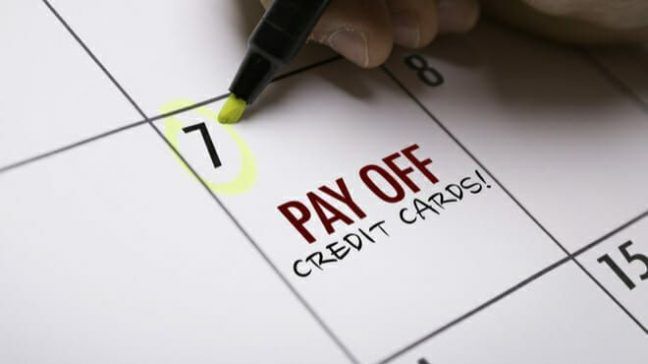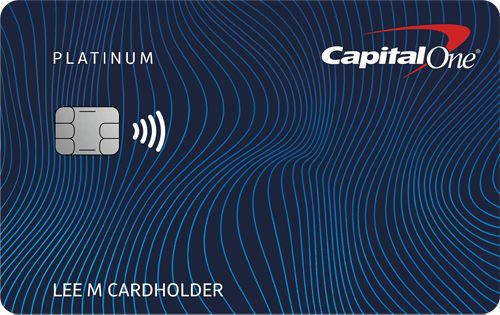When you hear about credit scores, it’s usually a cautionary tale. Just like the “scared straight” stories told to teenagers about drugs and alcohol, the internet is littered with tragic tales of naive or willfully ignorant consumers tanking their credit scores and ruining their chances at owning a home or being financially successful in any way, shape or form.
But the truth is, you can always come back from a bad credit score. Whether you destroyed your score with credit card shopping, taking out an irresponsible loan, or forgetting to make student loan payments on time, there’s always a way back from the brink. It may not be as easy to build your credit up as it is to burn it down, but it can be done.
Here are some credit score success stories from real people, and what you can learn from their experiences.
What’s Ahead:
1. Bouncing back from bankruptcy
When Latoya Scott of Life and a Budget filed bankruptcy a decade ago, she had $95,000 in debt, including $36,420 in credit card debt. Her credit score was somewhere in the 500s.
After getting most of her debt removed in bankruptcy, she was left with a $7,000 car loan and $51,000 in student loans. Determined not to repeat her mistakes, she made on-time monthly payments for both of those loans. Her score was in the high 600s just 18 months after bankruptcy.
Scott said paying her loans regularly and not opening new lines of credit for two years helped her bounce back quickly.
“I’ve remained consistent with this practice of paying installment loans on time each month and paying my cards off,” she said.
Two years after filing bankruptcy, she and her new husband bought a house, dispelling the myth that bankruptcy prevents homeownership.
The lesson
Bankruptcy is often portrayed as a kiss of death for homeownership and good credit. It’s true that a bankruptcy will be on your credit report for seven years after filing, but the impact on your score will decrease over time.
“It amazes me that this narrative that bankruptcy means you’re financially ruined forever is still out there,” Scott said. “It’s not by any means an ideal situation to be in, but if you’re patient and willing to learn proper money management habits and rebuild your credit, it’s certainly possible.”
2. Beefing up your thin file
When Erin Lowry, author of “Broke Millennial,” graduated college, she felt confident about her finances. She had no student loans and had been responsibly using a credit card for four years. Her credit score was already solid.
Problems emerged when she and her roommate went to apply for an apartment in New York City. The apartment broker ran her credit report and discovered that Lowry had a thin file, which means her credit card wasn’t reporting activity to all three credit bureaus. Luckily, she was approved for the apartment, but the experience taught her an important lesson about not relying on one form of credit.
“The first way I began fixing my thin file was to get a second credit card,” she said.
The lesson
College graduates who don’t have student loans often sign up for a credit card to build their credit report. Unfortunately, they can run into the same problem Lowry did. Some credit card companies don’t communicate to all three credit bureaus, which isn’t helpful when it comes time to apply for a loan or apartment.
Call your credit card provider and ask if they report to all three credit agencies: Experian, Equifax and TransUnion. If they don’t, find a card that does.
3. Building your credit from scratch
One day, financial planner Jeff Rose of Good Financial Cents assigned his summer intern to help him with research for a book about credit scores. While completing the assignment, the intern looked up his own score. He was shocked to discover it was only 621.
The intern’s parents had warned him about the dangers of credit cards so fervently that he’d avoided them completely, leaving him with a sub-par score. Rose advised him to open a secured credit card and pay it off every month in full to build his credit. The intern took his advice, and within five months his score was 731.
The lesson
Getting into credit card debt is a bad idea, but so is avoiding credit cards entirely. If used responsibly, credit cards can help you build a solid credit report without paying a cent in interest.
If you don’t have a credit history of any kind, do what Rose recommends and start off with a secured card. A secured credit card is a product targeted to people with low or no credit.
The card requires a security deposit that will act as collateral against the card. After a few months of usage, you should see a significant improvement in your score, just like Rose’s intern did. Then you’ll be able to apply and be approved for a traditional credit card.
One of the secured cards we recommend is:
4. Recovering from late payments
When Jason Butler of The Butler Journal decided to get his finances in order, his credit score was 520. His first change was to get current on his delinquent bills.
“I was 90 days late on a medical bill, 60 days late on one of my student loans and 30 days late on my car note and credit card,” he said.
Butler set up auto-pay on his loan and card payments so he’d never miss another bill, and in eight months his credit score was up to 688. These days, it’s 775.
The lesson
Paying your bills on time accounts for 35 percent of your credit score. It’s the single biggest factor in determining the number you receive. As long as you pay your bills on or before the due date, your score will improve.
If you struggle to manage your money like Butler, set up auto-payments with your loans, bills and credit cards so you’re never late again. Check them once a month to make sure they’ve gone through.
Summary
Having a bad credit score isn’t the end of the world. You can easily take steps to improve your credit, all you need is a plan.



